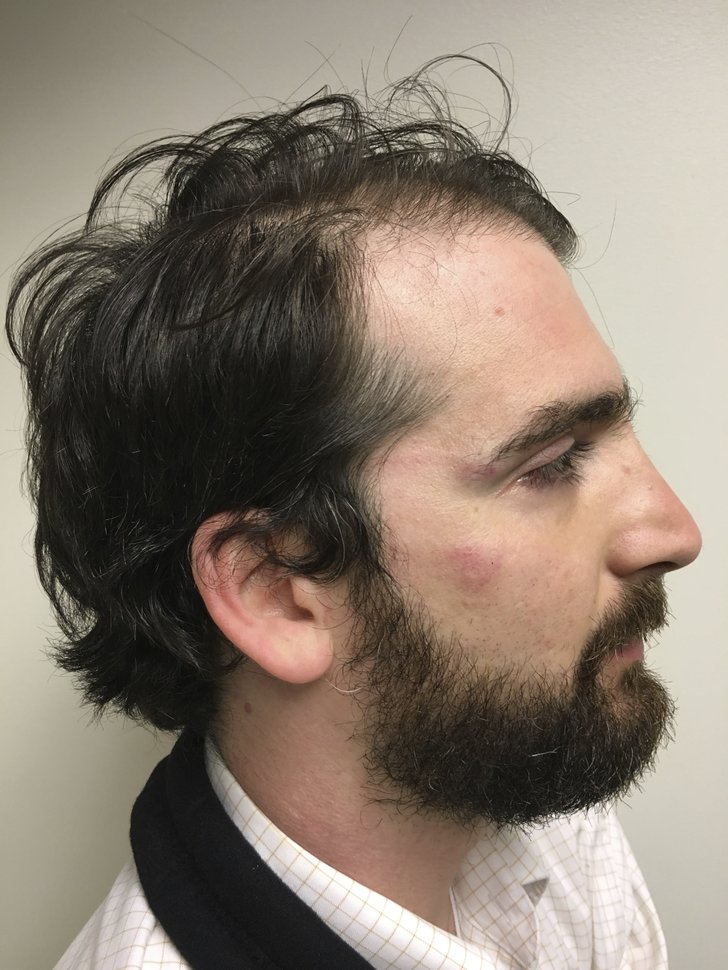When Fake News Threatens Real Rights: Trump’s Impact on Violence Against Journalists
Perhaps most obviously, the First Amendment to the Constitution guarantees a broadly-defined “freedom of the press.” The Supreme Court has repeatedly upheld this right, deciding prior restraint—a form of governmental censorship, which Trump supports—is unconstitutional. Such restriction of the press would inevitably not only violate the media’s constitutionally-defined rights. Indeed, it would also infringe on the American public’s human right to education, affirmed by Article 26 of the Universal Declaration of Human Rights and the 2011 United Nations Declaration on Human Rights Education and Training.
As altering the Constitution requires substantial bipartisan and interstate coordination, it is unlikely the current political establishment could or even would amend it to serve Trump’s anti-media agenda. According to Rep. Adam Schiff, who co-founded the Congressional Caucus for Freedom of the Press with now-Vice President Mike Pence in 2006, protection of journalists is a Republican and Democratic issue. However, other avenues exist through which Trump might restrict the press, thereby threatening its protection and extension of human rights to the public.

While itself not an overt attack on journalists’ well-being, the effect of Trump’s condemnatory, “fake news” messaging—an equally vocal and indignant bloc of Americans—may truly threaten reporters’ safety and, thus, human rights. Indeed, the audience at an Aug. 22 rally in Phoenix responded to Trump’s allegations that reporters are “liars” and “sick people” by hurling insults and rocks at media personnel. According to Cecilia Vega, ABC’s Senior White House Correspondent, “this was incitement, plain and simple…It really feels like a matter of time, frankly, before someone gets hurt.” As Margaret Sullivan wrote in The Washington Post, it was “the most sustained attack any president has ever made on the press.”
On Nov. 25, David Frum echoed these sentiments, condemning a tweet from Trump’s @realDonaldTrump account that alleged, “Outside of the U.S., CNN International is still a major source of (Fake) news, and they represent our Nation to the WORLD very poorly.” Indeed, the journalist and speechwriter contended, “Trump’s words are a direct attack on those international journalists’ freedom & even safety.”
Evidently, Trump’s ability to galvanize the public—to whom reporters can only extend the right of education by risking their own human rights—against the press is a foreboding omen. The value of journalism is arguably inherent, largely independent of audience appreciation. However, if public buy-in to the president’s fake news phenomenon grows, reporters may be forced to assess whether covering the administration remains worth potentially sacrificing their rights and lives.
In addition to waging verbal warfare against the press, Trump has supported individuals perpetrating physical violence against the Fourth Estate, effectively endorsing encroachment on journalists’ human rights. After now-U.S. representative Greg Gianforte received a misdemeanor assault citation for body slamming The Guardian’s Ben Jacobs during his congressional campaign, Trump praised Gianforte’s election as a “great win.” Similarly, despite proclaiming at a 2015 rally that “I would never kill [journalists], but I do hate them,” Trump laughed when Phillippine president Rodrigo Duterte—a man who has previously vowed to assassinate wayward reporters—referred to the press as “spies”. Evidently, through this tacit support of attacks on journalists, Trump has arguably contributed to a culture of violence against the press and rejected reporters’ human rights.

